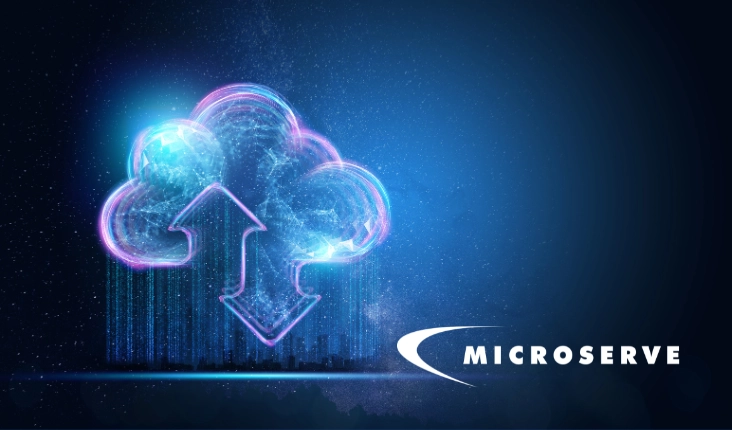The Cloud Has Tremendous Benefits
CMSWire has 5 great tips for making sure you get the most out of your hybrid cloud and if you’re not doing these five things; you’re probably working too hard getting your hybrid data and apps to work. None of the steps are hard or even off the wall, in fact, if you’re setting up a hybrid infrastructure with someone, they should have done this all for you. Sometimes people think moving to the cloud or using SaaS apps is some kind of magic technology bullet. If you say “we have data in the cloud” somehow all technology problems fall away and business processes run smooth like glass.
It’s not that simple. Like any technology you have to set the right expectations, set up the technology correctly, and be able to adapt how you work to take advantage of the new technology.
The five tips (with explanations) from CMSWire are great infrastructure tips to start using a hybrid infrastructure on a strong footing. These are fundamental steps to build a hybrid infrastructure:
- Create a single network: Everything in the infrastructure needs to look like it is a part of the datacenter. From cloud compute instances to software licensing servers, everything needs to be on the same network as the datacenter. In other words, the datacenter and the cloud should seem like one contiguous entity.
- Automate and orchestrate: While automation is useful in a datacenter environment, it is imperative in a infrastructure. Most infrastructure were really built for developers, not IT. The use of infrastructure automation tools, such as Cloud Formation Templates in AWS, enable IT to simplify interaction with the cloud.
- Co-locate data and apps: Make sure data is close to those who are actively using it. This means co-locating data next to users/applications in the datacenter and also next users/applications in the infrastructure. Having a global file system with instances in both the datacenter(s) and cloud ensures great performance in both locations without trying to copy the data back and forth, which can cause version control issues.
- Stay safe: Security is probably the most debated aspect of the infrastructure. While you want to have data next to cloud compute instances for performance reasons, you need to make sure the data is secured properly. Repeat the following term three times: FIPS 140-2. Cloud providers have FIPS 140-2, but you cannot just rely on cloud providers for security as they would need to comply with a government subpoena for your data and not let you know. Your data needs to be secured in your datacenter, in transit and in the infrastructure with FIPS 140-2 where you own the keys.
- Authenticate: There is no reason to try and federate or replicate Active Directory into the infrastructure when you can just use your current Active Directory implementation that sits behind your firewall. Enough said.
Not rocket science. Not complicated or time-consuming. What it comes down to is planning. But what if you don’t have all the infrastructure skills, or resources, handy for this set up? You understand the business benefits of the cloud, but getting on-premise and cloud servers to work and talk with each other does take a specialized skill set. The answer is simple:
You find a partner to help you set up a hybrid infrastructure that goes beyond just those 5 technical steps to include improving business processes and shedding technological baggage.
Which is where we come in. Microserve built its Cloud environment to help business who want to leverage the servers for data and apps, but also want to keep some of their data in house. Hosted on Tier 4 Canadian data centres, our facilities offer public, private, and hybrid solutions for data, backups, and applications.
Interested? Give us a call or email.




